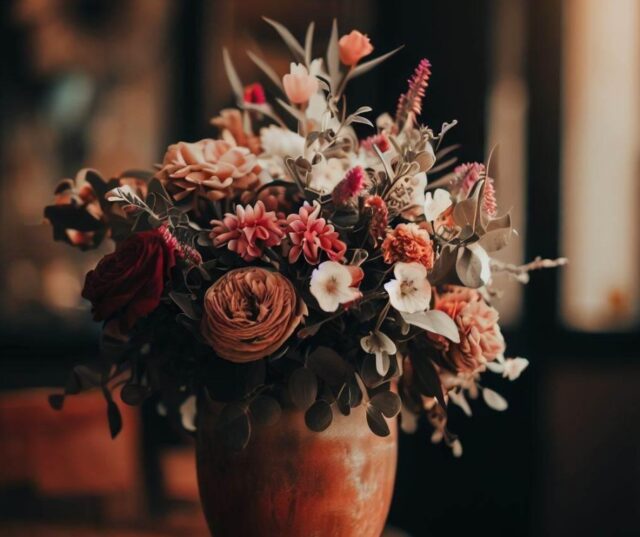
From the delicate petals of Shakespearean sonnets to the vibrant blooms in contemporary novels, flowers have been more than mere decorative elements in the world of literature. They have served as powerful symbols, conveying emotions, themes, and hidden meanings that resonate with readers across time and culture. In this article, we explore the multifaceted literary significance of flowers that can be also ordered via Australia flower delivery, unwrapping their role as profound metaphors in written works, and how they continue to enrich our literary experience.
Blooming Metaphors: Flowers as Emblems of Emotion
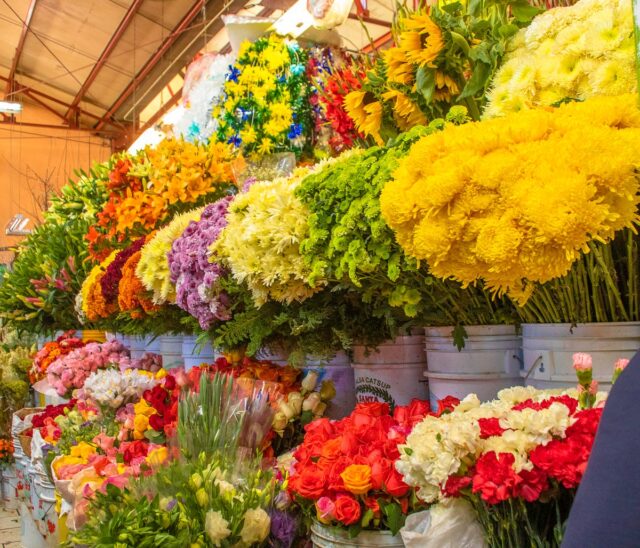
Flowers have an innate beauty that transcends their physical appearance, and this allure has not been lost on authors. Within the rich tapestry of literary works, flowers frequently appear as vivid metaphors for love, beauty, sorrow, hope, and so much more.
In Charlotte Brontë’s “Jane Eyre,” the protagonist’s journey is often intertwined with floral imagery, symbolizing her own growth and the blossoming of her identity. The novel’s garden scenes are not just picturesque; they are resonant with emotional depth.
In F. Scott Fitzgerald’s “The Great Gatsby,” the opulent flowers and blossoms serve to underscore the superficial beauty and decay of the Roaring Twenties. The lavishly described floral settings evoke both allure and a sense of impending doom.
The sensitivity and care with which authors craft these floral metaphors add a layer of complexity to their narratives. These symbols are not static; they bloom and wither along with the characters, reflecting their inner worlds and the dynamics of the story itself.
The Language of Flowers in Poetry
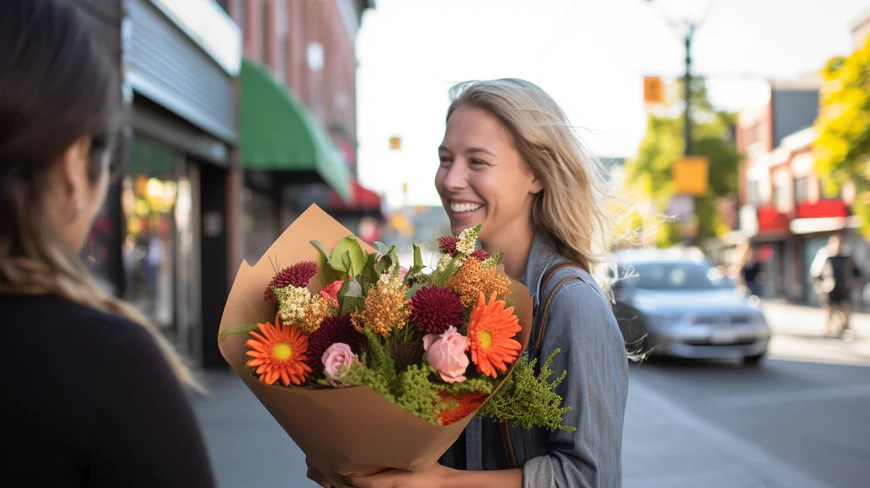
In the realm of poetry, the enchanting world of floriography flourishes. Floriography, or the language of flowers, is a complex and delicate art where every bloom carries a specific message.
Robert Burns’s “A Red, Red Rose” is more than a love poem; it’s a symphony of floral imagery where the red rose symbolizes love that is fresh and everlasting.
In Emily Dickinson’s poems, flowers are not mere ornamental details but are central to the meaning and emotion of her verses. Her references to daisies, roses, and orchids speak volumes, telling intricate stories about nature, existence, and human emotions.
William Wordsworth’s famous “Daffodils” captures a moment of epiphany through the vibrant image of blooming daffodils. The flowers become a metaphor for joy, solitude, and reflection.
The subtlety and grace with which poets use flowers to convey sentiments and craft narratives demonstrate the enduring power of floral symbolism in poetry. It’s a tradition that continues to inspire and engage, weaving beauty and wisdom into the very fabric of language.
Floral Allegories: Flowers as Symbols of Life’s Transience
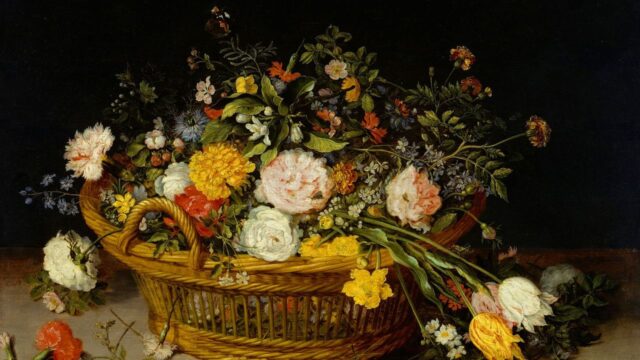
Beyond emotions and love, flowers also serve as poignant symbols of life’s fleeting nature. From the wilting of a rose to the blooming of a daisy, they remind us of the transience of existence.
In Nathaniel Hawthorne’s “The Scarlet Letter,” the wild rosebush is an allegory for passion, beauty, and the ephemeral nature of life. It adds a touch of softness to the harsh puritanical world, reflecting the duality of existence.
In Oscar Wilde’s “The Picture of Dorian Gray,” the white, pure blossoms take on a dark and decaying quality, symbolizing Dorian’s loss of innocence and the passage of time.
The famous sonnet “To the Virgins, to Make Much of Time” by Robert Herrick uses flowers to convey a profound truth about life’s transience: “Gather ye rosebuds while ye may, / Old Time is still a-flying.”
These literary works show how flowers can be symbolic reminders of our mortality, capturing the essence of life’s fleeting beauty.
Floral Inspirations for Character Development
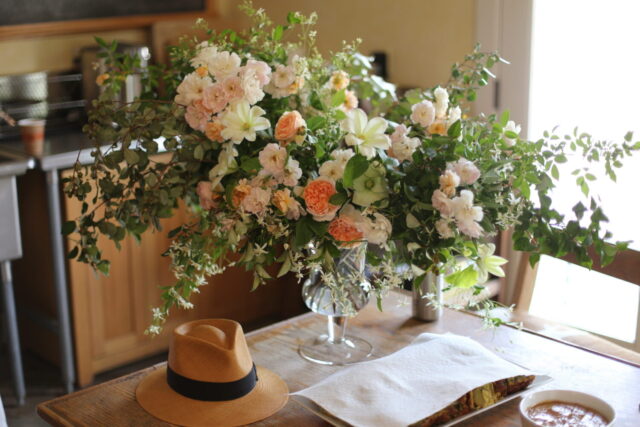
Incorporating floral symbolism in literature goes beyond mere decorative language or metaphors; it can also serve as a powerful tool for character development. Just as different flowers possess distinct traits and attributes, authors can use these traits to deepen the personalities of their characters. Just as a rose might embody both beauty and thorns, characters could exhibit both kindness and underlying complexity. A character who identifies with the sunflower’s tendency to seek sunlight might symbolize an unwavering optimism, while a violet’s modest appearance could reflect a character’s unassuming nature.
By aligning characters with specific flowers, authors can establish a visual and emotional connection between the characters and readers. These connections can extend beyond appearances, revealing insights into characters’ motivations, desires, and internal conflicts. A character who frequently surrounds themselves with lilies might hold a reverence for purity and renewal, yet struggle with their own past mistakes. Through these botanical connections, authors infuse their narratives with layers of depth and complexity that resonate on both conscious and subconscious levels.
Flowers, then, serve as more than just passive elements of description; they become integral components of character arcs and storylines, enriching the narrative tapestry and enhancing the readers’ engagement with the fictional world. In this way, the intricate relationship between characters and flowers showcases the artistry and depth that can be achieved through the skilled use of floral symbolism in literature.
Conclusion
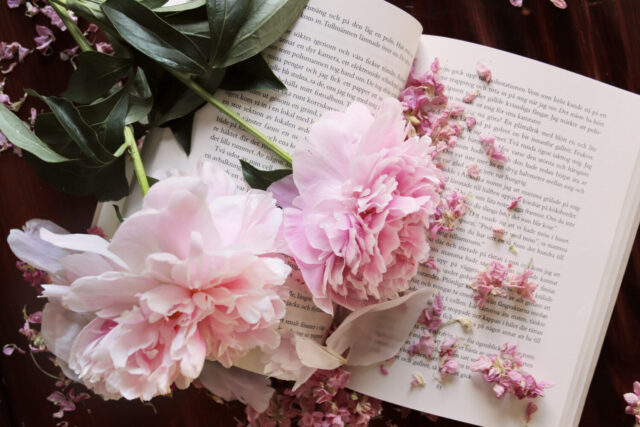
In literature, flowers blossom beyond their physical form, taking on layers of meaning and symbolism that enrich the stories they inhabit. From evoking powerful emotions to reflecting the transient beauty of life, their presence is not just a poetic flourish but a carefully crafted literary device that speaks to the universality of human experience. As ink and petals entwine, they create a vivid tapestry of shared emotions and timeless truths, ensuring that the essence of these symbolic blooms forever adorns the garden of storytelling.
The petals of a rose may wither, but the literary bouquet of floral symbolism continues to bloom, inspiring writers and captivating readers across generations. It is a testament to the enduring beauty of literature itself, where words are sown like seeds, blooming into landscapes of imagination and understanding. In this garden of words, we find solace, inspiration, and the timeless allure of nature’s most cherished creations. Flowers in literature are not just words on a page; they are an eternal embrace, connecting us with the wisdom, beauty, and complexity of the human soul.









